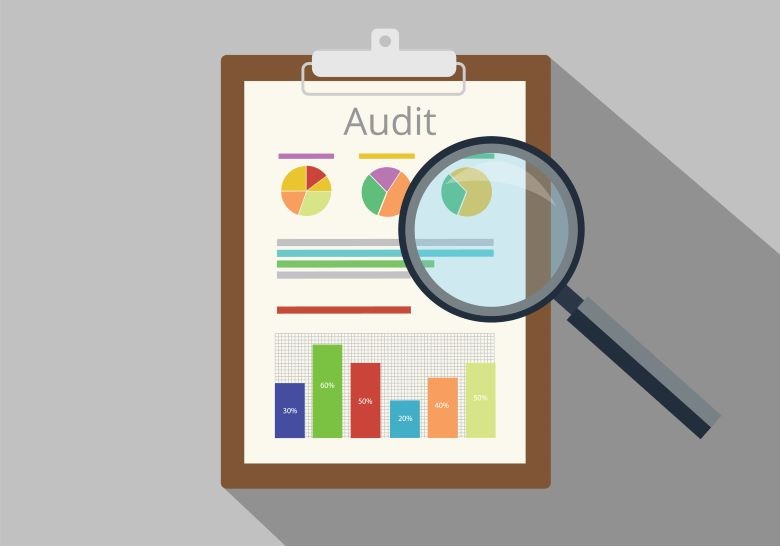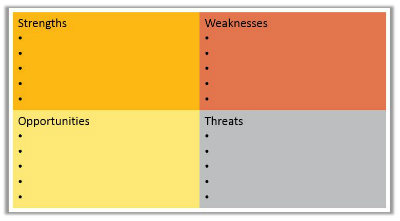7 tips to conduct an efficient communication audit
Determine the scope of your plan, then evaluate your past pieces. After gathering candid employee feedback, craft your strategy.

Editor’s note: We are re-running the top stories of 2020 as part of our year-end countdown.
Do you think your employee communication is effective?
A thorough communications audit is the safest route to find a clear answer to that question. It’s the best way to highlight strengths, uncover glaring weaknesses and reshape your content strategy.
An audit will reveal:
- Your current employee communications objectives
- Whether employees are getting the information and messages you intended and are taking the appropriate action
- Which strategies and tactics have been most effective
- What employees think of your internal content
- Whether your content supports your company’s strategies and business goals
- What you can do to improve content
- What employee communications opportunities you might be missing
Here are seven steps to conduct an audit of your own:
Step 1: Determine the scope.
To gain the most accurate picture of your employee communication, include content generated by all “corporate” business areas such as human resources, IT and building maintenance. You might also have committees or internal working groups that generate content that’s distributed to all employees.
Also determine whether you’re going to look at all formats or focus on just one (printed materials, online content, meetings, etc.).
Step 2: Collect and evaluate your past communications.
Gather all digital and printed content from the past six to 12 months.
Use a spreadsheet to list each item and track your “Yes” or “No” responses to the follow questions:
- Did we convey the right messages and information?
- Did we target the right audiences?
- Did we make it employee-centric?
- Were there a lot of questions about anything? Did we have to re-communicate to clarify any confusion?
- Did we incorporate visuals?
- Did we reinforce broader messages (i.e. trust, managing resources)?
- Did we use a variety of channels?
- Did we make it easy for employees to access the information, even at a later time?
Tip: In your spreadsheet, use “1” for yes and “0” for no. This will make it easier to give each item a score.
Step 3: Determine how you’re going to collect employees’ and stakeholders’ insights.
There are many ways to gather information from the people who receive content (employees) and those who create or sponsor the creation of content (stakeholders):
- Formal and informal one-on-one interviews
- Surveys, which are still one of the best ways to gauge engagement
- Feedback mechanism attached to current content
- Facilitated group discussion
Step 4: Identify whose feedback you’ll seek.
It’s not always necessary or possible to solicit feedback from all employees. In such cases, engage a healthy cross-section of employees. Look across multiple functions, levels and locations.
Tip: If your organization has a volunteer corps who have access to employee content, include them in your feedback group.
Step 5: Define your current landscape.
It’s crucial to give your findings context. List your known resources, constraints and facts. These might include:
- Employee communication goals and/or objectives
- Available channels
- Employee communication structure (centralized or decentralized)
- Dedicated resources
- Main audience segments
- Approval process (senior leadership or parent company signoff required)
- Most common stakeholders (functional areas that request or generate content)
Step 6: Conduct a SWOT (strengths, weaknesses, opportunities, threats) analysis.
This standard approach to determining a strategic direction can become quite complex. For most DIY communications audits, a simple approach is fine.
Using a quadrant such as the one shown below, make notes and then analyze how you can build on strengths; close gaps on weaknesses; seize opportunities; and prepare for, mitigate or avoid threats.

Tip: Mind Tools offers more information about conducting SWOT analyses.
Step 7: Plan for future communications.
Using the SWOT analysis and landscape (see Step 6) to guide you, make recommendations to yourself. Be as objective as possible, and don’t be afraid to make difficult decisions.
- Start with low-hanging fruit. That is, home in on improvements that can be made quickly, and start with pieces that will generate meaningful results. This helps build positive momentum.
- Next, plan for changes that will have the most substantive impact on areas of concern for the company: cost, productivity, efficiency, culture, etc.
- Build the plan in segments of six, 12 and 18 months.
- Incorporate plan and outcome reviews every four months.
Audits are great for improving results and outcomes, along with building strategic thinking and communications management skills. Audits help you make informed, strategic messaging decisions, and they’ll open your eyes to opportunities that can unlock meaningful, sustainable communication success.
Vicky Zeldin is chief strategist for Magnetic Manager.
COMMENT
4 Responses to “7 tips to conduct an efficient communication audit”
Ragan.com Daily Headlines
RECOMMENDED READING
Tags: Audit







Very useful. Just what I needed
Communication has become very important. Be it internal or external. Having a strategy for it is the first step improving them is challenging. Some of the points would come in handy while analyzing the approach, especially step 5 and Step 6.
Having conducted many of these throughout my career, I agree with all the steps listed in this article. However, if there isn’t a desire to implement change based on the actions identified in the last step, the audit process loses credibility and hurts the chance of future employee engagement. Perhaps the first step could be to seek leadership commitment to investing in and implementing change based on the audit results (and essentially employee feedback). It’s one thing to agree to hosting an audit, it’s another to actually do something about it.
your short and brief description is very impressive and crucial for communication researchers!